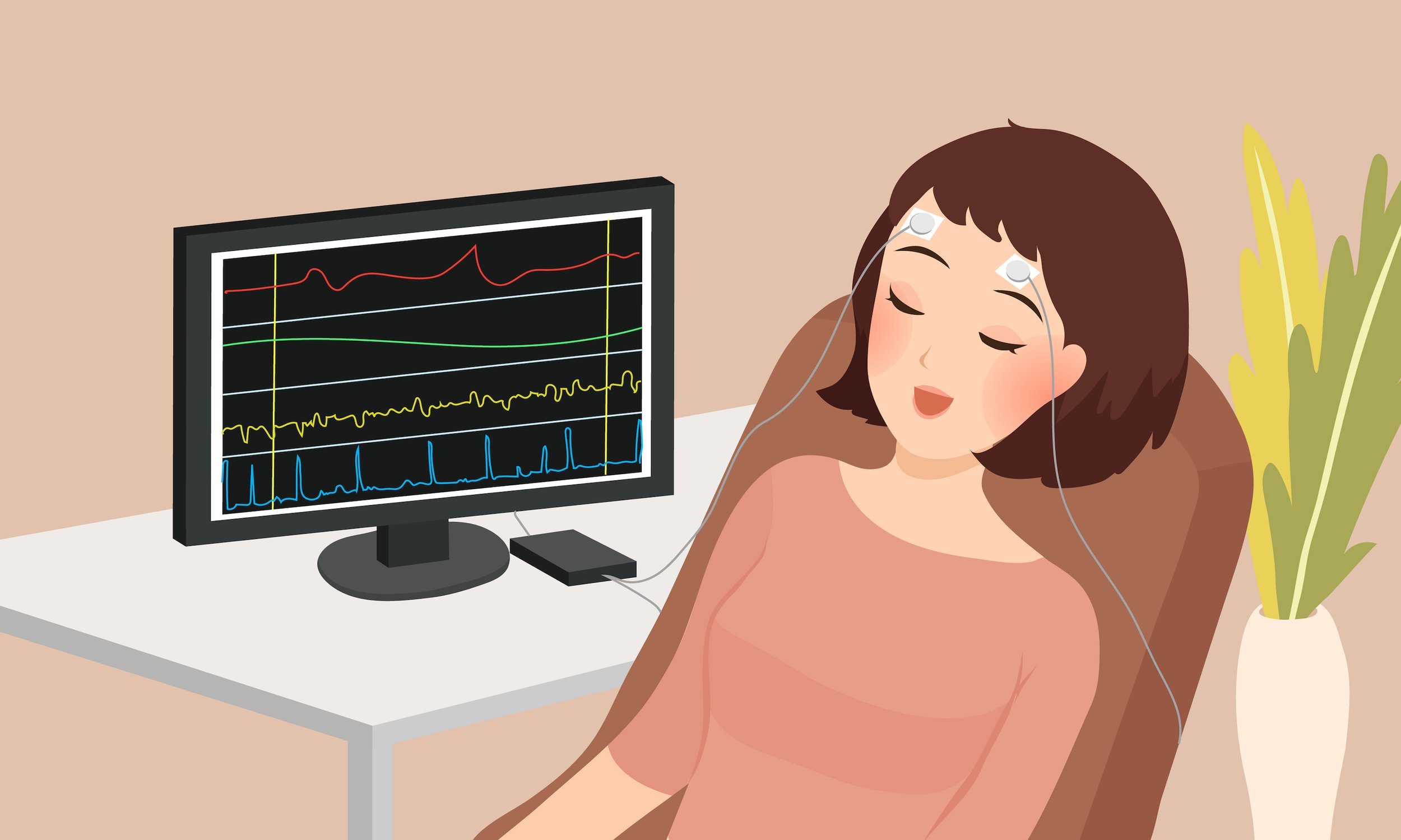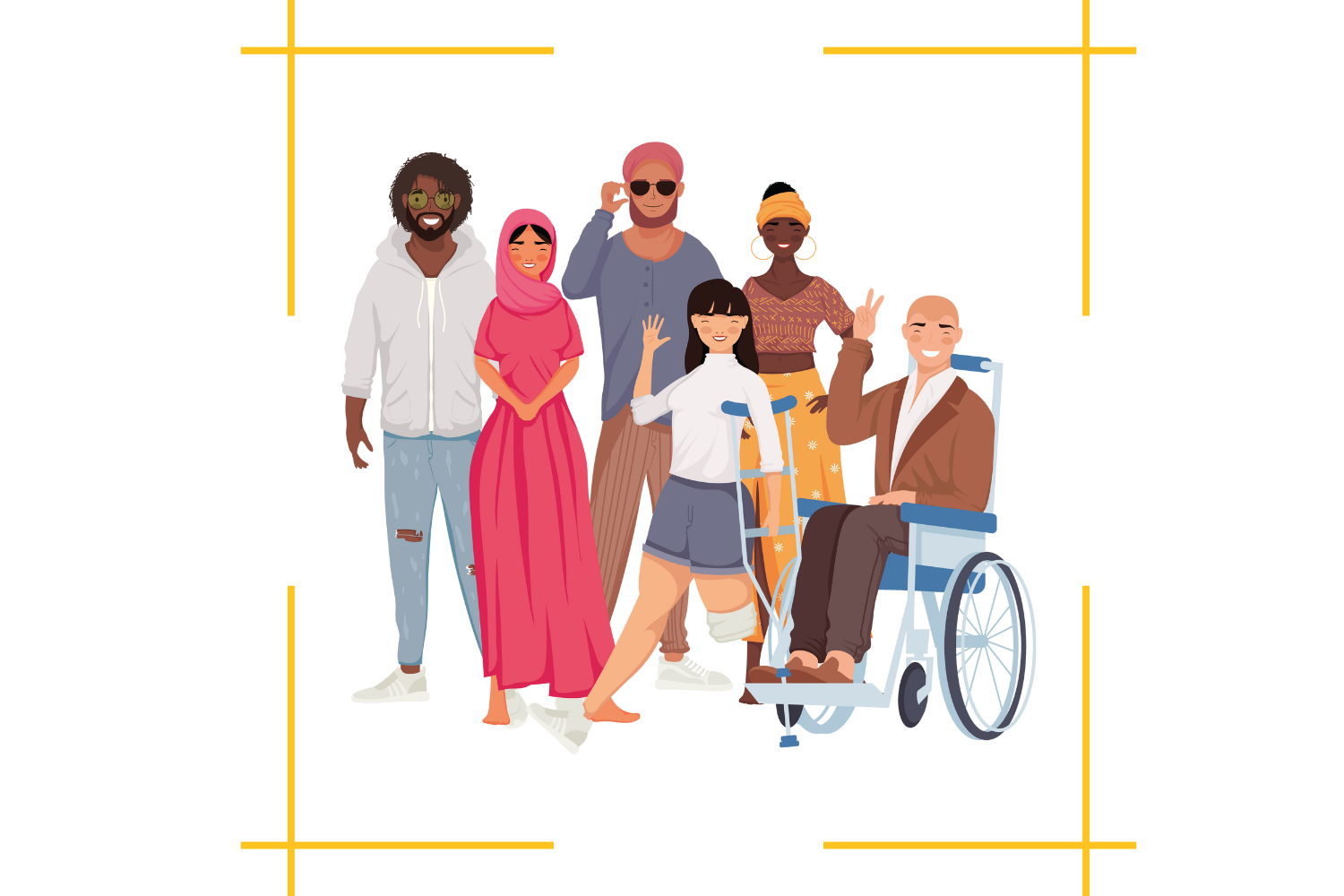
What is Neurofeedback Therapy?
Direct Neurofeedback (DNF), also known as Microcurrent Neurofeedback, is a revolutionary therapeutic modality with numerous benefits for treating a variety of conditions. Whether you seek to optimize brain function, regulate your nervous system or break free from ingrained patterns that no longer serve you, microcurrent technology is quickly emerging as a leading tool in the field.
How It Works
During a Direct Neurofeedback session, EEG electrodes are placed on specific areas of the scalp to target key regions of the brain. While each session is tailored to meet the individual needs of the client, one common result is the activation of the autonomic nervous system. This system helps the body down-regulate and find calm, especially in times of stress. In essence, Direct Neurofeedback supports the brain’s return to its natural and optimal state.
Trauma can physically alter the brain, particularly the prefrontal cortex, which is responsible for executive functioning. After trauma, this area often diminishes, making conditions like PTSD and traumatic brain injuries (TBIs) extremely difficult to treat. Such changes can lead to symptoms including anxiety, depression, dissociation, and impaired focus. Recent studies suggest that Direct Neurofeedback may provide a vital missing link in treating trauma-related brain changes, aiding recovery where traditional methods have fallen short.
The therapy works by disrupting maladaptive brain patterns, a concept rooted in the idea that "neurons that fire together, wire together." Direct Neurofeedback distrains the brain from these fixed patterns, allowing the central nervous system to regain balance and normal functioning. Microcurrent stimulation briefly alters brainwave activity, much like rebooting a glitchy computer, which enables the brain to reorganize itself more effectively.
What to Expect
Research shows that 85% of clients experience noticeable improvements after just one to three sessions. For example, a study at San Diego State University involving patients with traumatic brain injuries found significant reductions in pain, brain fog, impulsivity, and improvements in sleep after only a few sessions. Similar outcomes have been reported by individuals with ADHD, anxiety, depression, insomnia, autism spectrum disorder, traumatic brain injuries (TBI), migraines, seizure disorders, and other psychological or nervous system disorders.
Direct Neurofeedback supports the brain in re-establishing a healthier neurochemical balance and promotes neuroplasticity—the brain’s ability to adapt and reorganize itself. For individuals who have not found relief through traditional therapies, this modality offers new hope. With its proven ability to address and improve a wide range of conditions, Direct Neurofeedback is rapidly gaining recognition as a highly effective therapeutic approach.

The Nervous System and Complex PTSD
It all begins with an idea.

Intersectional-based Trauma Therapy 101
The term "intersectionality" is a Black feminist concept, coined in 1989 by American civil rights advocate and critical race theory and legal scholar Kimberlé Williams Crenshaw. She defines intersectionality "[as] a metaphor for understanding the ways that multiple forms of inequality or disadvantage sometimes compound themselves and create obstacles that often are not understood among conventional ways of thinking."
Life is rife with myriad personal, professional, environmental, and geopolitical
challenges, and while many theorists have sought to demystify human development and resolve our complex challenges with unilateral resolutions, history is predicated on the fact that complex problems require multifaceted solutions.
Integrating a transdisciplinary approach into any healing practice helps to reveal the complexity of each individual by taking every dimension of the human experience into account, like race and ethnicity, religion, gender, sexual orientation, class, ability, geographic location, immigration status and education. Intersectional-based trauma therapy assesses the interconnection of oppressive institutions and an individuals identity factors. When we assess others through a lens that includes the subjective, objective, intersubjective, and interobjective perspectives of each individual, complex challenges are more likely to be understood, metabolized, and resolved.

